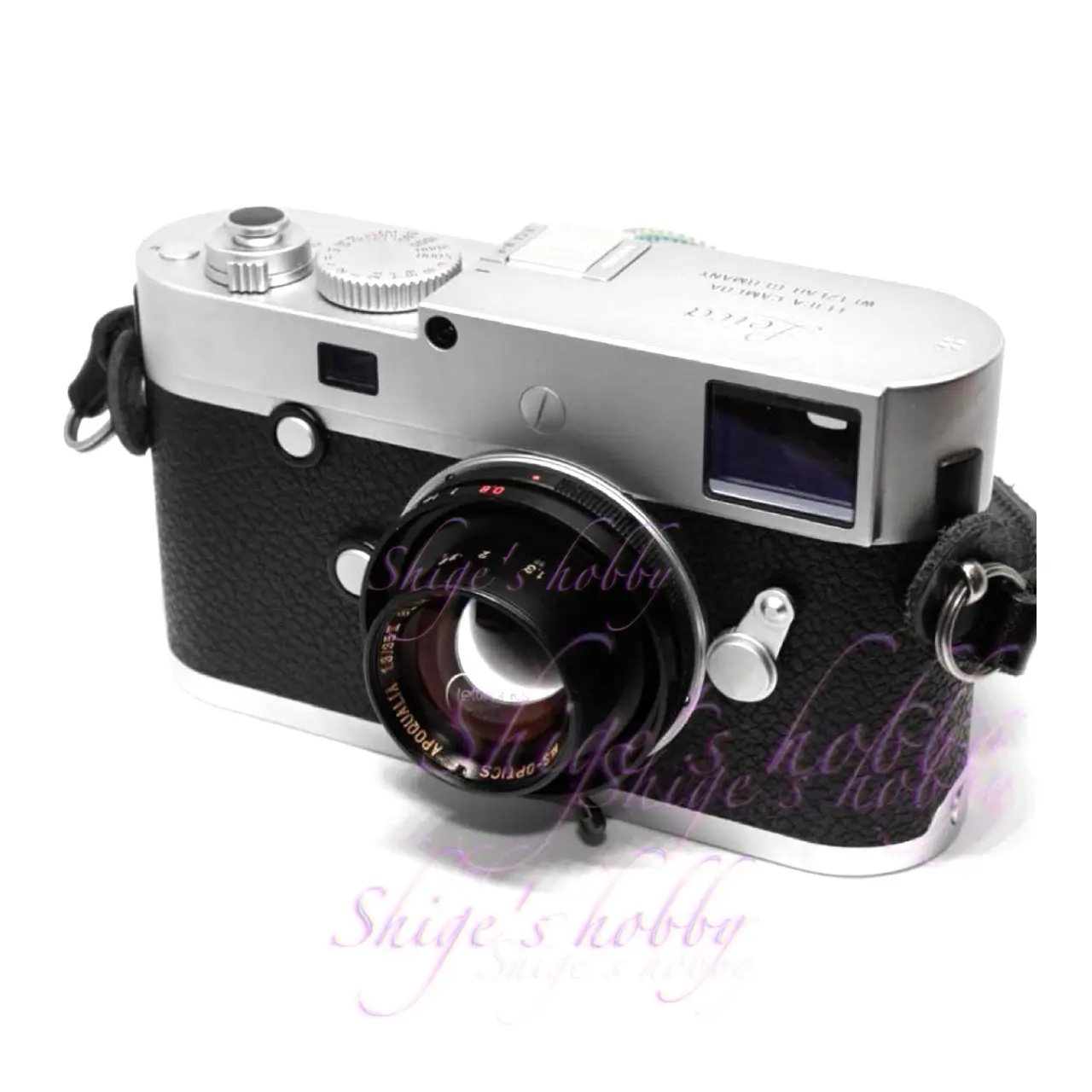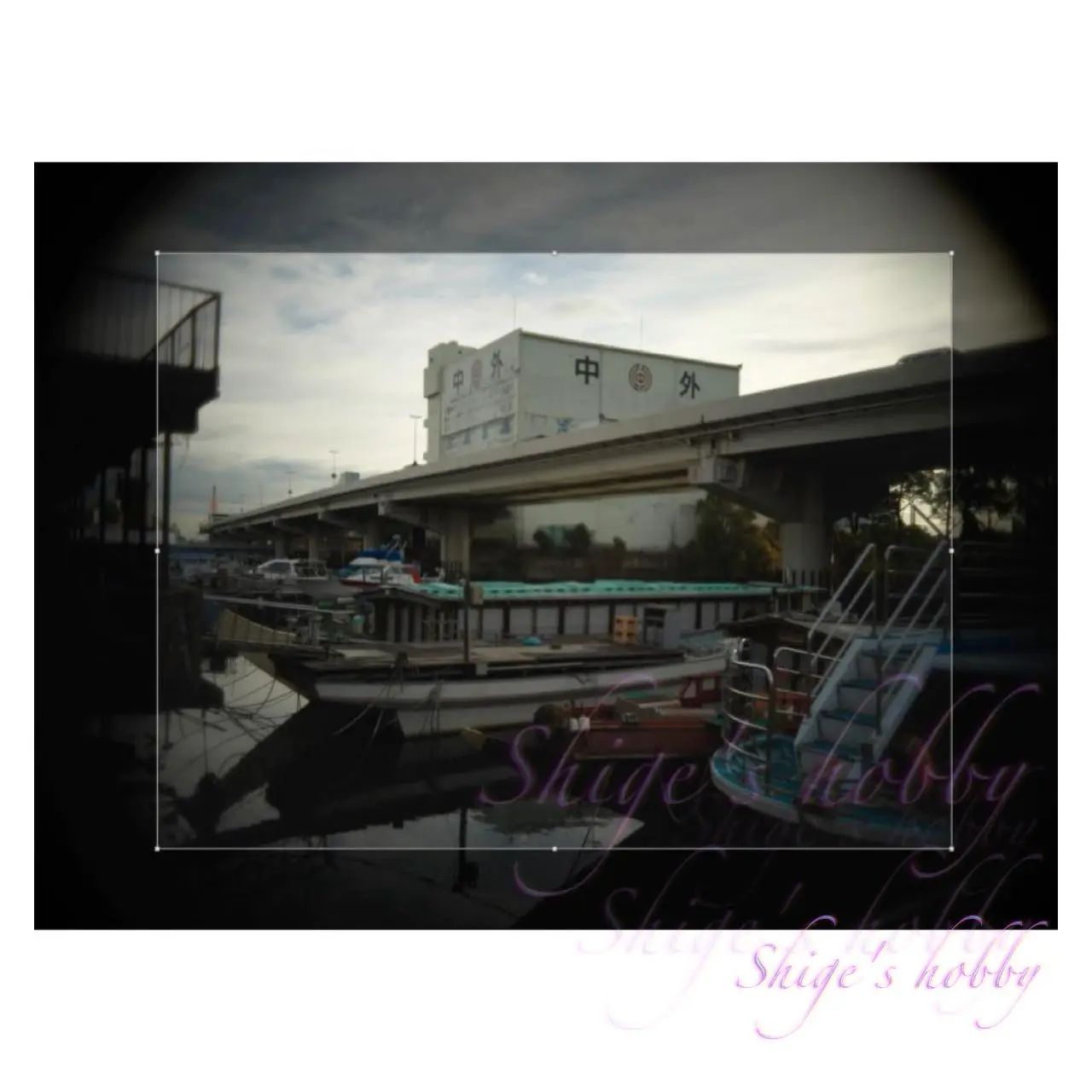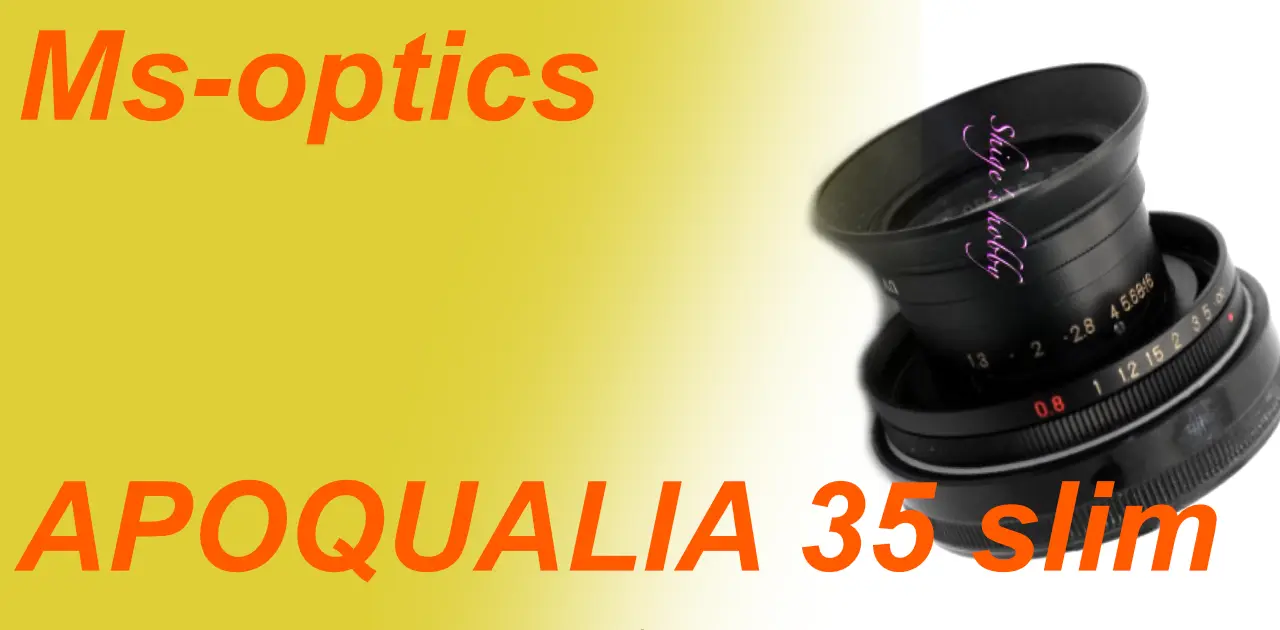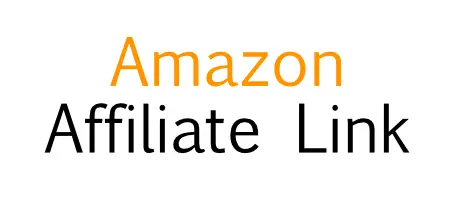Last updated on 2025-08-01
Review and photo examples using Ms-Optics APOQUALIA 35mm F1.3 SLIM with LEICA M-P and HASSELBLAD X2D
- Please see the disclaimer regarding advertising here.
- Italicized links in the text are advertisement links that take you to other sites.
Table of contents
Gallery
- Photo examples taken with Leica M-P / HASSELBLAD X2D
Review


1.Overview
The Apoqualia 35mm F1.3 is a large-aperture lens with a focal length of 35mm released by Ms-optics (Miyazaki Optical) in 2021.
The lens format is a Gaussian type with 4 groups and 6 elements, and the minimum shooting distance is 0.6m, and the rangefinder works up to 0.8m for Leica M-type rangefinder cameras. For distances shorter than 0.8m, check by eye, EVF, or monitor.
The filter is a reverse-attach type that Miyazaki Optical is particular about, and uses a 34mm diameter. The lens hood is a trumpet type with a 34mm reverse thread, so attach the filter and attach it on top of it.
The aperture control lever is located at the base of the lens barrel, so it is a good point that there is no unintentional change in aperture value when shooting or storing.
This lens uses a retractable barrel, and when retracted, the thickness is 10.2 mm, making it compact and easy to store when carrying around.
This lens is an improved version of the APOQUALIA G 1.4/35 released in 2016, with a slightly brighter lens and a retractable barrel. The lens configuration diagram in the handout is exactly the same, so it is likely that minor adjustments have resulted in a brighter F1.3.
2.Usage
The Apoqualia 35mm F1.3 has a barrel that is slightly smaller than the Elmar 50mm.
The focus ring is located at the base of the lens and is the largest part of the barrel, making it easy to focus.
The aperture ring just in front of the focus ring is set back a little, so it will not change unintentionally, but it is difficult to change the aperture to any position while holding the camera.
Regarding the focus position at full aperture, the focus accuracy is an issue with double image matching, and it is very difficult to determine the focus position with an EVF because the image is soft at full aperture, which is a characteristic of this lens.
For this reason, the double image almost never matches the intended position, and even if you use the EVF focus magnification to match the image, you may get an image that is questionable as to whether it is really correct.
Stopping down to F2 improves things considerably, but the bright open F1.3 value is almost unusable.
Miyazaki has warned about the above about this lens. There is an article on the MK Direct blog on December 29, 2021, so I will include a link here. You can read the Japanese version at the link, but I have provided my own translation of the English version.
English translation of Mr. Miyazaki’s warning.
- Note
- About this lens
- Regarding this lens of ours, many people have returned it due to “defective focus” due to lack of understanding of the hearing-impairing design from aperture to F2.
- The concept of this lens is
- f1.3-f2 set to soft image
Current lenses have the same sharpness and contrast both wide open and F4-5.6, and there is little change in image quality depending on the aperture (it is a boring honor lens)
This lens uses negative spherical aberration to separate the best contrast position and best sharpness position (0.1% to 0.15%).
Focusing on the front gives good contrast, focusing on the back gives good sharpness, and the focus position is set somewhere in between.
During this time, customers can select the image quality and choose their preferred depiction.
With a digital camera, you can check the results immediately, so you can freely adjust the focus position.
At f2.4-f4, the soft contrast characteristics are lost, and the best positions for sharpness and contrast are aligned, approaching modern lenses.
The APOQUALIA 35mm F1.3’s depiction is similar to that of the previous model, the first APOQUALIA 35mm / F1.4, with a fixed lens barrel, in that light falloff in the four corners is noticeable when the aperture is open. When the aperture is open and the subject is backlit, a flashy ghost or mysterious light that seems to be a flare can be captured.
It is equipped with a lens retractable mechanism, but since the lens itself is compact, it is not retracted.


When used with the medium format digital sensor (44mm x 33mm sensor) of the HASSELBLAD X2D, the image circle was completely insufficient. Since there was no change when the aperture was narrowed, using it with medium format sensor cameras such as the X2D and GFX would be outside the specifications.
When testing the usable range of images taken at full aperture, it was found that 9045 x 6783 of the original X2D pixel size of 11656 x 8742 was usable. Converting this to sensor size, this works out to about 34.1mm x 25.6mm. From this calculation, we can see that the image circle of this lens is properly matched to a 35mm full-frame sensor (36mm x 24mm).
3.Summary
To sum up the Ms-Optics APOQUALIA 35mm F1.3 SLIM, the slightly larger aperture than conventional 35mm lenses results in a softer image quality and makes the lens difficult to use at full aperture. This was probably acceptable in the film era, but in the age of high-resolution digital cameras, it is an unfortunate lens that has been recognized as defective.
Stopping down to F2 dramatically changes the image quality, so if you are a photographer who enjoys this, you can use it without complaint.
Specification
| Item | Value | note |
| focal length(mm) | 35.8 | |
| Maximum aperture | 1.3 | |
| Minimum aperture | 16 | |
| Lens configuration | 4groups 6elements | Gauss type |
| Minimum distance(m) | 0.6 | Works with the camera’s rangefinder from 0.8m to infinity. |
| Lens length(mm) | 21 | |
| Lens max diameter(mm) | 50 | |
| Filter diameter(mm) | 34 | Screw pitch 0.75mm / Reverse mounting |
| Weight(g) | 72 |
Reference links
Update history
- 2025.4.19
- 2024.12.4
- 2024.03.13
- 2022.12.21
Affiliate links
- Please see the disclaimer regarding advertising here.
- Italicized links in the text are advertisement links that take you to other sites.




Be First to Comment